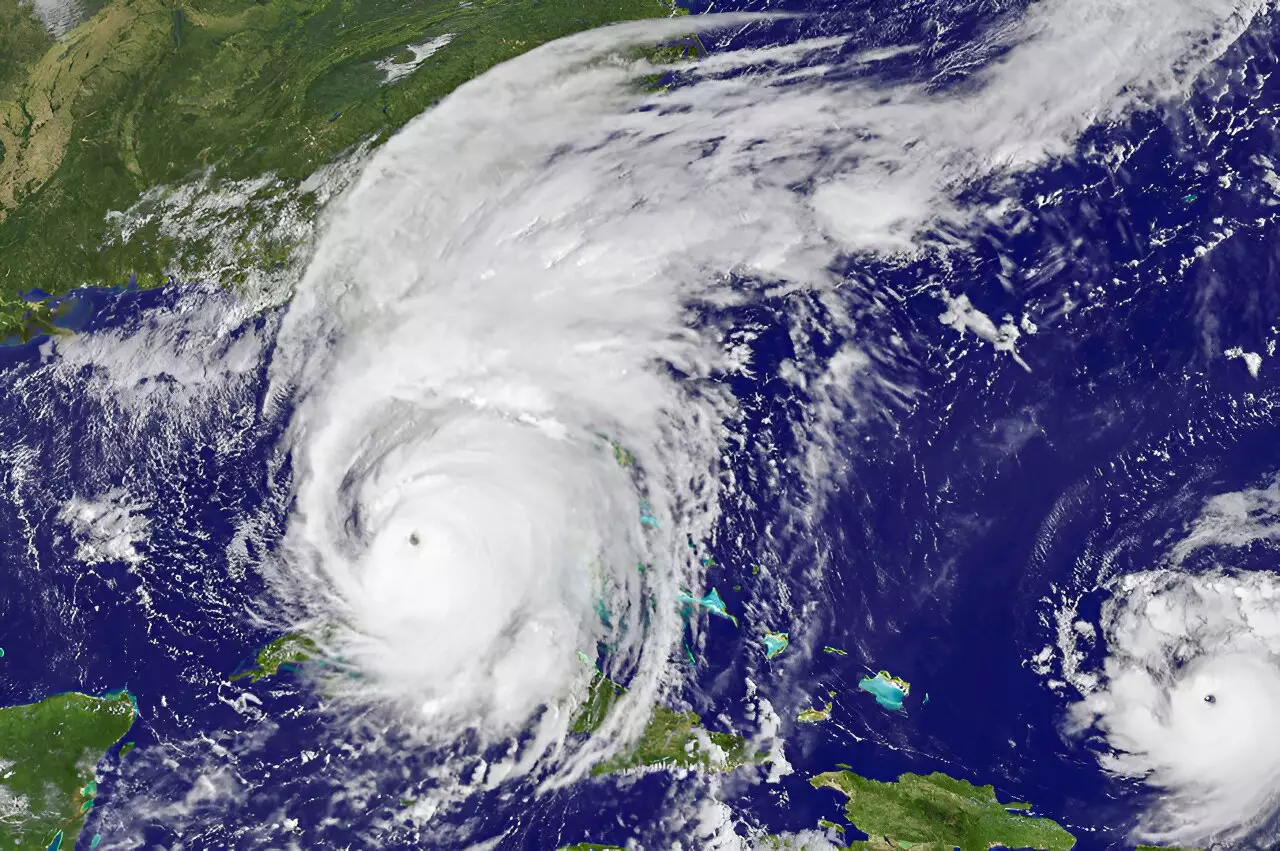On September 10, 2017, Hurricane Irma wrought havoc across Florida, inflicting catastrophic damage particularly in Miami-Dade County. The immense storm left over 900,000 Florida Power and Light customers without power and rendered more than 600 cellphone towers inoperable. Among these damages, significant flooding occurred in areas like Coconut Grove and Matheson Hammock Park, with water levels rising as high as 6 feet. The agricultural sector felt heavy losses as well, tallying damages of approximately $245 million. However, one aspect of the storm’s impact received less attention: the exponential growth of mosquito populations in the aftermath, a consequence that posed additional health risks for residents already grappling with recovery efforts.
Research led by Imelda Moise, an associate professor at the University of Miami, highlights how Hurricane Irma created a fertile ground for mosquito populations to flourish. The combination of warmer temperatures, elevated humidity, and nutrient-rich floodwaters formed ideal conditions for breeding. In her study, published in the journal *Scientific Reports*, Moise and her team conducted a thorough analysis of mosquito abundance and species presence before, during, and after Hurricane Irma, focusing on the years 2016 to 2018.
Employing mosquito surveillance data paired with meteorological measurements from Miami International Airport, the researchers set traps in over 160 locations to capture varying mosquito species. The findings were alarming: during a four-week period right after the hurricane, up to 8 times more mosquitoes were trapped compared to the same time frames in both 2016 and 2018.
Among the multitude of species observed, Culex nigripalpus, a medium-sized dark brown mosquito, was notably the most prevalent, constituting a staggering 70.4 percent of the total catch. This particular species is known for its role as a primary vector for diseases in Florida, remaining reproductively active year-round, especially during the humid summer and early fall months. The study emphasized the intricate relationships between environmental conditions and mosquito populations, demonstrating how flooding events altered the landscape and encouraged the growth of mosquito species, contradicting the belief that strong storms purge breeding sites.
Moise elaborated that contrary to initial assumptions—that heavy rains would eliminate breeding sites—her findings indicated an aggressive rebound in mosquito populations within just one week post-storm. This revelation suggests that the immediate aftermath of hurricanes demands a different approach to pest control and public health preparedness.
The heightened presence of mosquitoes poses a serious concern for residents, particularly in light of their potential to transmit diseases such as West Nile virus, Zika virus, and Saint Louis encephalitis. In light of ongoing hurricanes, like Helene approaching Florida’s Big Bend coast, Moise’s study serves as a crucial reminder for communities to enhance their vigilance against not just nuisance mosquitoes, which merely cause discomfort, but also disease-carrying species.
Other research has established a pattern, linking increased mosquito populations to severe storm events, including the plight seen in New Orleans following Hurricane Katrina in 2005 and a rise in Aedes aegypti populations in Puerto Rico after Hurricane Maria in 2017. Importantly, Moise’s research stands out as the first to closely investigate the effects of Hurricane Irma specifically in Miami-Dade, examining both ecological and socio-economic dimensions of mosquito proliferation.
A vital aspect of Moise’s study is its exploration of social determinants of health, where neighborhoods with higher population densities emerged as the most vulnerable to post-Irma mosquito outbreaks. This critical insight underscores the importance of incorporating social factors into public health strategies, especially in storm-prone areas.
Driven by her personal experiences witnessing the repercussions of mosquito-borne illnesses in Zambia, Moise is motivated to pursue future studies. Her aim is to analyze the linkage between vector-borne disease outbreaks and hurricanes across coastal cities. As she stated, “If we’re to mitigate and prevent future risks of vector-borne diseases, we must actively recognize and evaluate the multifaceted effects of natural disasters.”
The aftermath of Hurricane Irma not only highlighted the dire need for improved disaster response measures but also illuminated the persistent and often overlooked public health challenges posed by changing ecosystems in the wake of a storm. Addressing these challenges requires a collaborative effort between researchers, health officials, and community leaders to safeguard public health in a rapidly changing climate.

